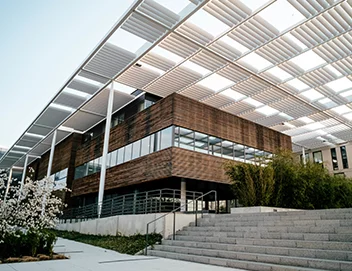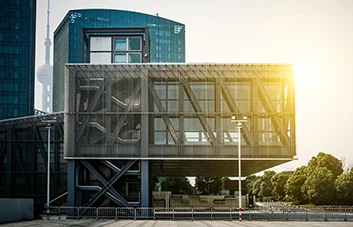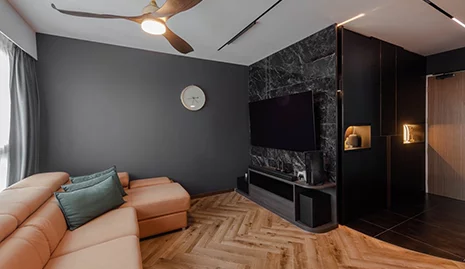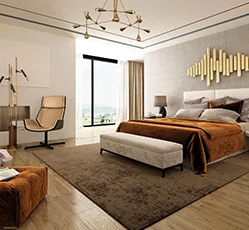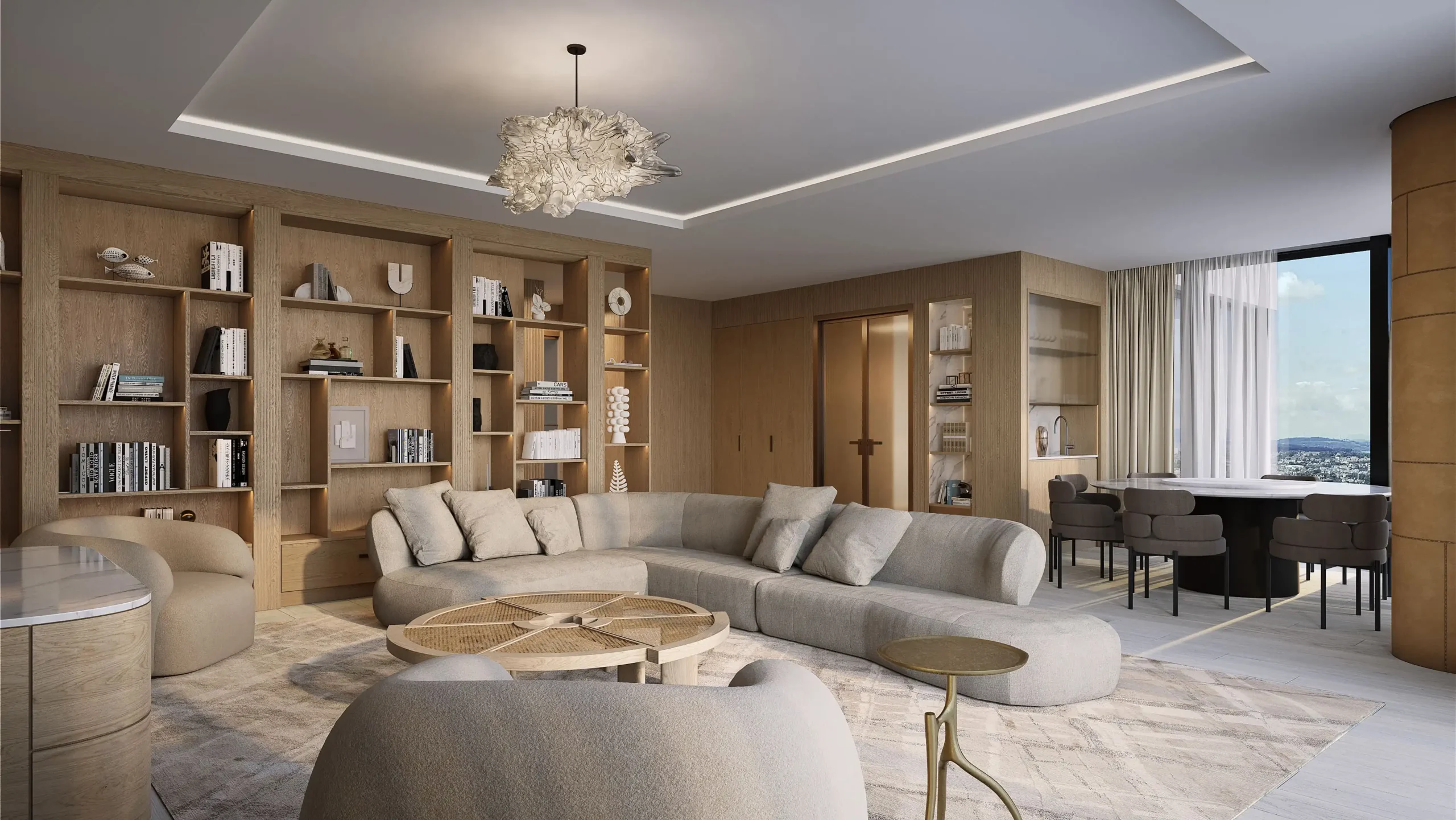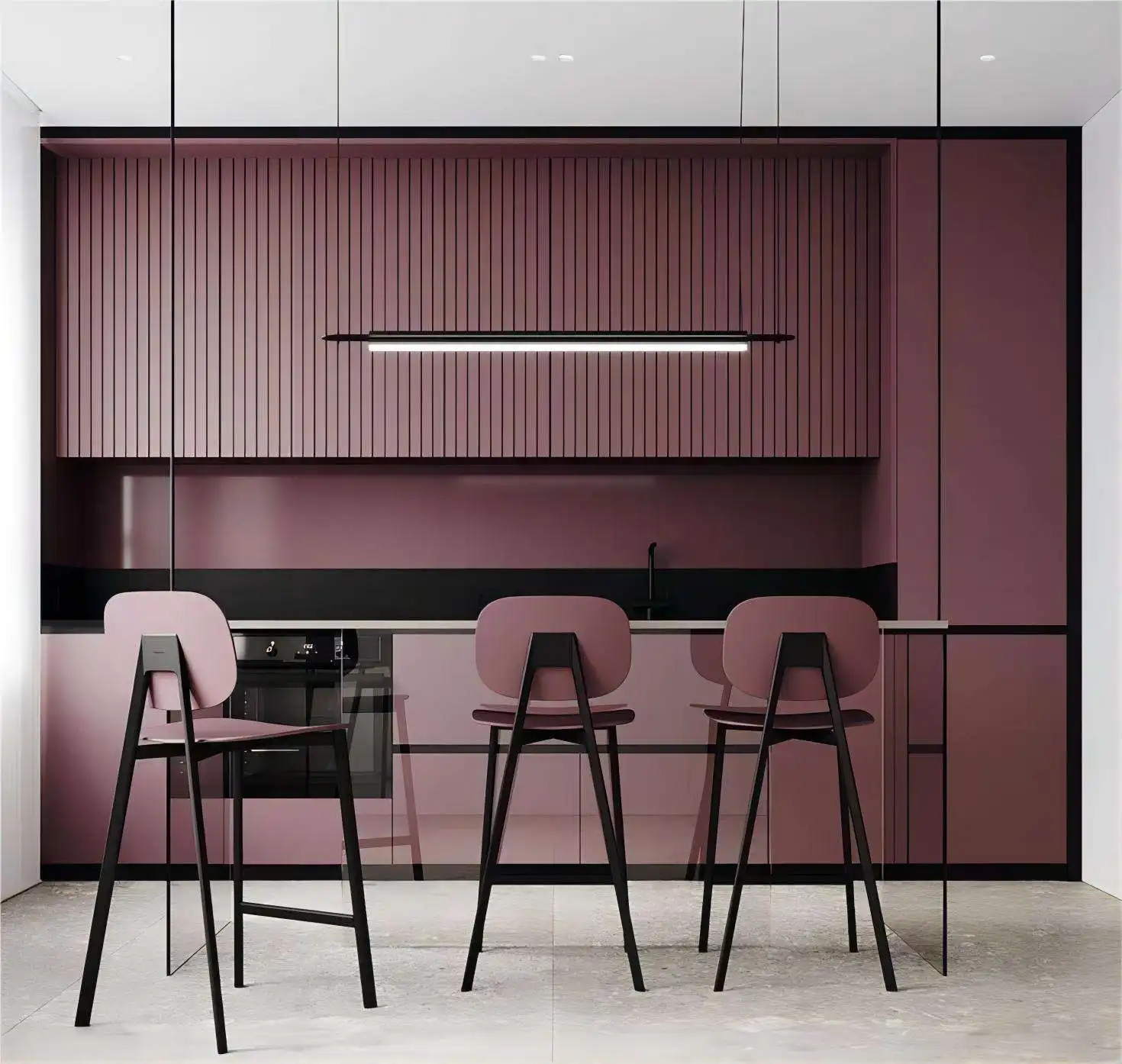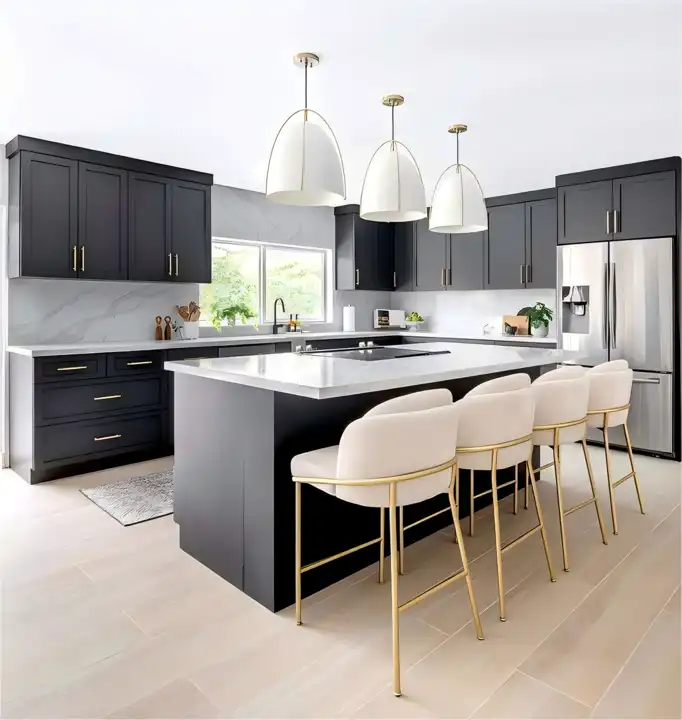Introduction
The kitchen has evolved from a purely functional space to the heart of the home, with kitchen cabinet colors playing a pivotal role in defining its character. As we transition from 2025 to 2026, we’re witnessing a significant shift in kitchen cabinet color preferences—moving beyond the stark grays and whites that dominated the past decade toward warmer, more expressive palettes that reflect personal style while maintaining timeless appeal.
Related Articles:
Bold Accent Colors
While neutrals provide the foundation, bold accents are becoming increasingly popular for adding personality:
Navy Blue has transitioned from trend color to a new neutral, appearing in 31% of 2025 kitchen designs. This versatile hue works equally well in traditional and modern settings, often used in two-tone configurations with white or cream upper cabinets. Navy blue cabinets paired with brass hardware create a particularly striking combination that feels both classic and contemporary.
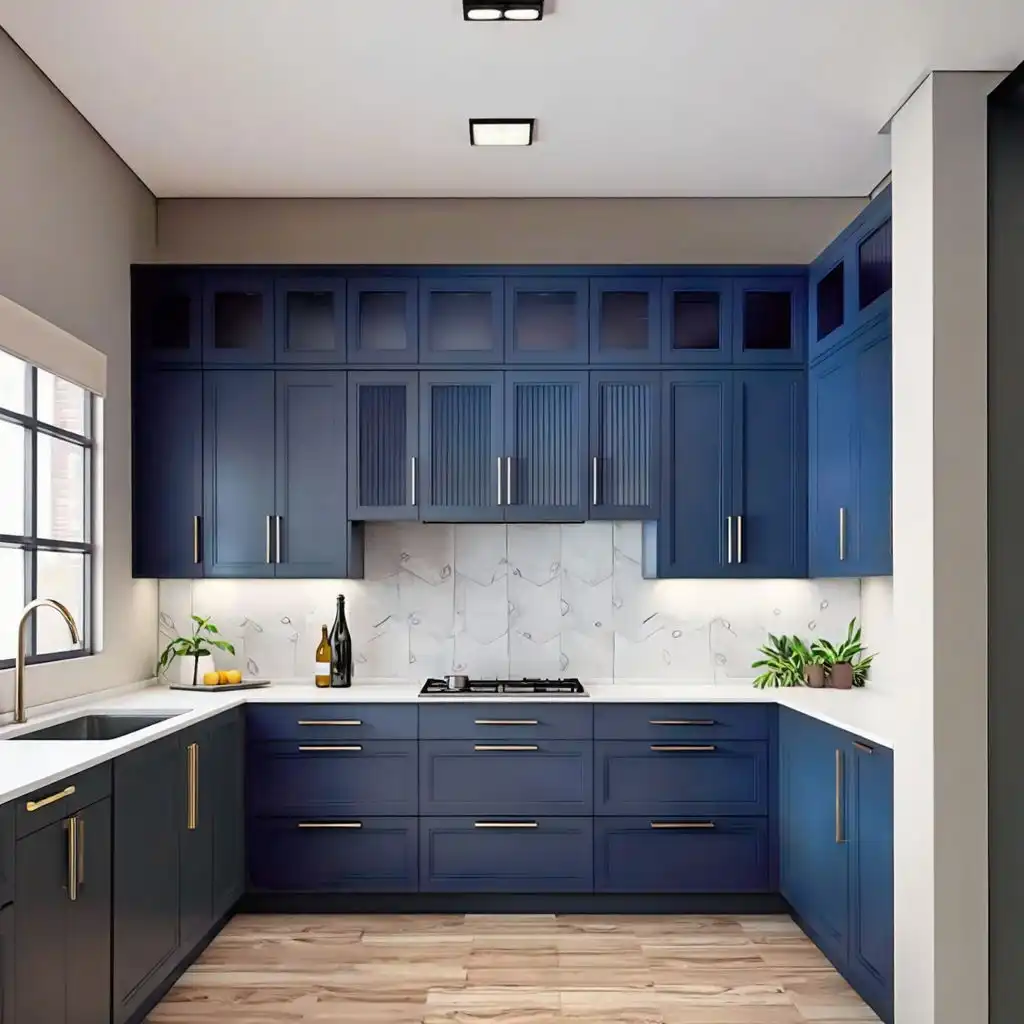
Charcoal Gray offers a softer alternative to black, providing depth without overwhelming smaller spaces. When paired with matte finishes, it creates a sleek, modern look that hides fingerprints and daily wear better than high-gloss alternatives.

Burgundy and Wine Tones are emerging as unexpected accent colors, adding richness and sophistication to kitchen islands and accent cabinets. These deeper hues pair surprisingly well with both warm and cool neutrals, creating dynamic, layered color schemes.
Two-Tone Cabinetry
Two-tone cabinetry continues to gain popularity, offering endless possibilities for personalization:
Classic Contrast: Dark lower cabinets with light upper cabinets remains a popular choice, creating visual interest while maintaining a sense of spaciousness.
Analogous Harmony: Colors within the same family, such as sage green and cream or navy and light blue, create a cohesive look with subtle variation. This approach works particularly well in open-concept spaces where flow is essential.
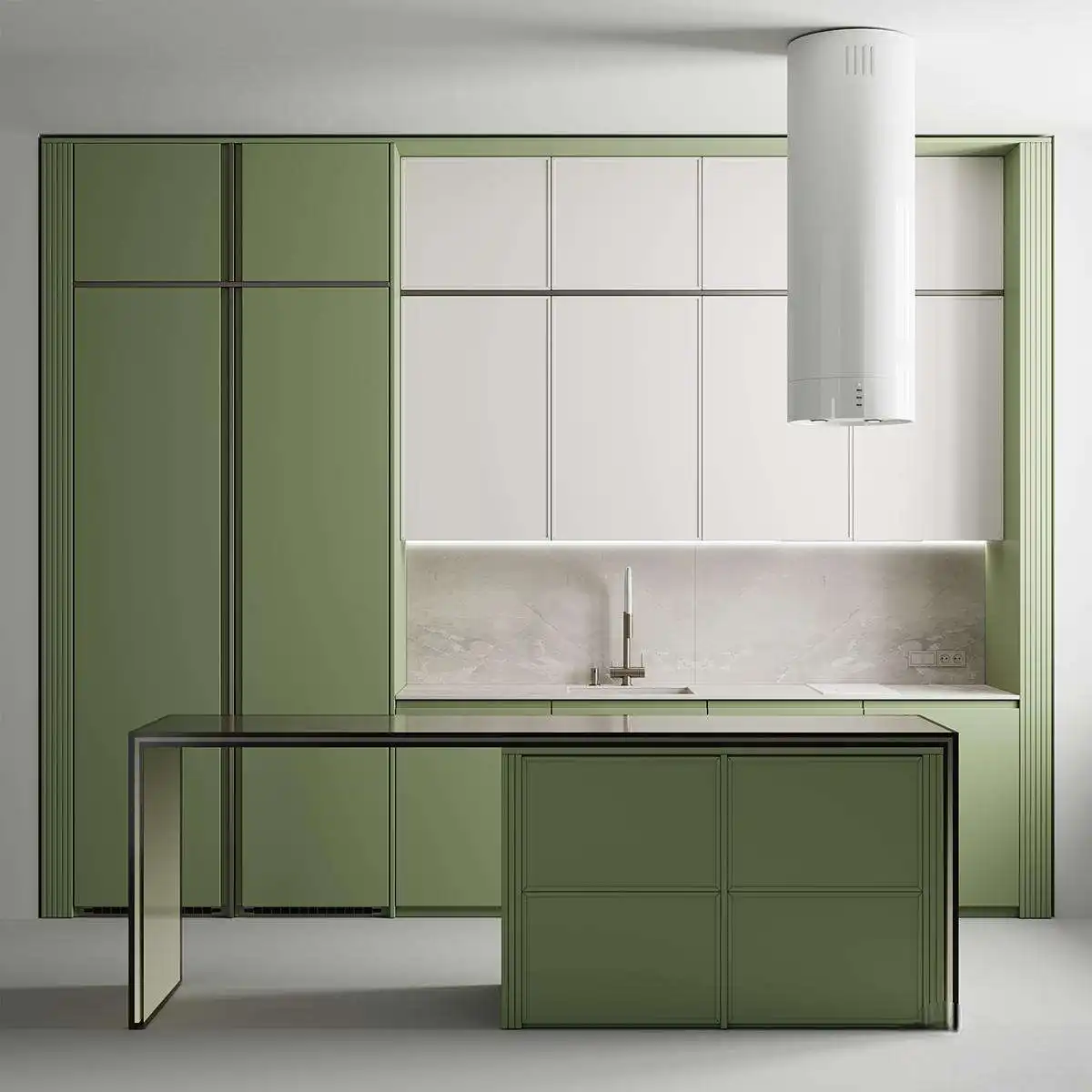
Material Mixing: Combining wood-toned cabinets with painted ones adds warmth and texture. White oak lowers with sage green uppers have become particularly popular, offering the best of both natural and painted finishes.
 Color Psychology in Kitchen Design
Color Psychology in Kitchen Design
Calming Colors
Certain colors have proven psychological effects that can transform the kitchen experience:
Soft Blues and Greens promote relaxation and reduce stress levels, making them ideal for kitchens where cooking is considered a therapeutic activity. These colors evoke nature and tranquility, creating a peaceful environment that counteracts the often-hectic nature of meal preparation.
Warm Neutrals like greige and soft taupe create a sense of stability and comfort, making them excellent choices for family kitchens. These hues work well with a variety of accent colors, allowing for easy updates as trends change.
Stimulating Colors
Warm Tones such as terracotta, mustard, and soft orange stimulate appetite and encourage social interaction. These colors trigger the release of serotonin, promoting a positive mood during family meals and gatherings.
Bold Accents in navy or forest green add energy without overwhelming, creating focal points that draw the eye and create visual interest. When used sparingly, these colors can make a significant impact without dominating the space.
How to Choose Kitchen Cabinet Colors
Assess Your Space
Lighting Conditions: North-facing kitchens benefit from warm-toned cabinets to counteract cool natural light, while south-facing rooms can accommodate cooler tones without feeling cold.
Space Size: Lighter colors help small kitchens feel more spacious, while deeper hues can add intimacy to large, open-concept spaces.
Architectural Features: Consider existing elements like flooring, countertops, and backsplashes when selecting kitchen cabinet colors. Aim for a harmonious balance rather than perfect matching.
Consider Your Style
Modern Minimalist: Clean lines pair well with monochromatic schemes or subtle two-tone combinations in neutral or muted tones.
Traditional: Rich wood tones or painted cabinets in classic colors like navy, cream, or soft gray work best for traditional kitchens.
Scandinavian: Light woods and white cabinets create the bright, airy feel characteristic of Scandinavian design, often accented with black hardware for contrast.
Bohemian: Bold colors and pattern mixing define bohemian kitchens, where terracotta, mustard, and olive green can create vibrant, eclectic spaces.
Test Before Committing
Always test kitchen cabinet colors in your actual space before making a final decision:
- Purchase large paint samples (at least 12″×12″) and apply them to cabinet doors
- View samples in different lighting conditions throughout the day
- Live with samples for several days to ensure you’re comfortable with the colors
- Consider how colors will change with different lighting (natural vs. artificial)
Popular Kitchen Cabinet Colors Finishes
Matte Finishes
Matte finishes dominate 2025 kitchen designs, offering a soft, sophisticated look that hides fingerprints and imperfections. Available in both painted and wood options, matte finishes work particularly well with the current trend toward warm neutrals and earthy tones.
Benefits:
- Hide fingerprints and smudges
- Create a modern, sophisticated look
- Available in a wide range of colors
- Complement both traditional and contemporary styles
Considerations:
- Require more careful cleaning than gloss finishes
- May show water spots if not dried properly
- Limited color options from some manufacturers
High-Gloss Finishes
While matte finishes lead in popularity, high-gloss options remain relevant for contemporary kitchens seeking a sleek, reflective look. These finishes work particularly well with bold colors, enhancing their depth and vibrancy.
Benefits:
- Reflect light, making spaces feel larger
- Easy to clean with mild soap and water
- Create a modern, luxurious aesthetic
- Available in bold, statement-making colors
Considerations:
- Show fingerprints and smudges
- Require careful maintenance to avoid scratches
- Can create glare in sunny kitchens
Wood Finishes
Natural wood tones are experiencing a resurgence, offering warmth and character that painted finishes can’t replicate. White oak and walnut lead in popularity, valued for their distinctive grain patterns and versatility.
Benefits:
- Bring natural warmth to kitchen spaces
- Develop character over time
- Available in sustainable options
- Pair well with both painted and natural materials
Considerations:
- Can be more expensive than painted options
- Require periodic refinishing
- Limited color options without staining
Textured Finishes
Emerging textured finishes add depth and tactile interest to kitchen cabinets. From subtle wood grains to more pronounced textures inspired by natural elements, these finishes create visual interest without relying on color.
Popular Options:
- Fluted glass inserts for upper cabinets
- Ribbed laminates for modern texture
- Distressed finishes for rustic charm
- 3D-printed patterns for custom designs
Frequently Asked Questions:
What are the most popular kitchen cabinet colors for 2025?
The top trending colors for 2025 include sage green, navy blue, warm neutrals like greige, and earthy tones such as terracotta and olive green. Two-tone combinations, particularly dark lowers with light uppers, remain popular for adding depth and interest.
Do dark kitchen cabinet Color make a space look smaller?
Dark kitchen cabinet color can make small kitchens feel cramped if not balanced properly. However, when paired with light countertops, backsplashes, and adequate lighting, dark cabinets can create a sophisticated look without overwhelming the space. Consider using dark colors only on lower cabinets or on an accent island in smaller kitchens.
How do I choose between painted and wood cabinets?
The decision between painted and wood cabinets depends on your style preferences, budget, and maintenance expectations. Wood cabinets offer natural warmth and character but require more maintenance and are generally more expensive. Painted cabinets provide more color options and easier maintenance but may show wear over time.
Are two-tone kitchens going out of style?
Two-tone kitchens remain on-trend for 2025, though the combinations are evolving. While the classic dark lower/light upper configuration is still popular, we’re seeing more creative approaches like contrasting islands, mixed materials, and analogous color combinations.
What color cabinets increase home value?
Neutral colors like white, cream, and soft gray typically appeal to the widest range of buyers and can increase home value. According to Zillow’s 2024 Home Design Survey, homes with white or light gray kitchen cabinets sold for 7.4% more than comparable homes with bold-colored cabinets.
How can I incorporate trends without frequent renovations?
Focus on timeless base cabinets in neutral colors, then incorporate trends through easily changeable elements like backsplashes, hardware, paint colors for walls, and accessories. This approach allows you to refresh your kitchen’s look without the expense of new cabinetry.
Should kitchen cabinets match wall colors?
Cabinet colors don’t need to match wall colors, but they should complement each other. A general rule is to use lighter colors on walls when cabinets are dark, and vice versa, to create balance. Consider using the same color family for cohesion while varying the intensity.
How do I maintain kitchen cabinet
colors?
Proper maintenance helps preserve colored cabinets:
- Clean with mild soap and a soft cloth
- Avoid abrasive cleaners or scouring pads
- Wipe up spills immediately to prevent staining
- Use cabinet door bumpers to prevent chipping
- Avoid placing colored cabinets in direct sunlight to prevent fading
Conclusion
When selecting kitchen cabinet colors, consider both aesthetic preferences and practical factors like lighting, space size, and existing elements. By balancing trend-forward choices with timeless principles, you can create a kitchen that feels current yet enduring, reflecting your personal style while remaining adaptable to future changes.
Remember that the most successful kitchen cabinet color schemes are those that make you feel comfortable and inspired every time you enter the space. Whether you opt for bold statement colors or subtle neutrals, the right kitchen cabinet colors can transform your kitchen into a true reflection of your lifestyle and taste.

